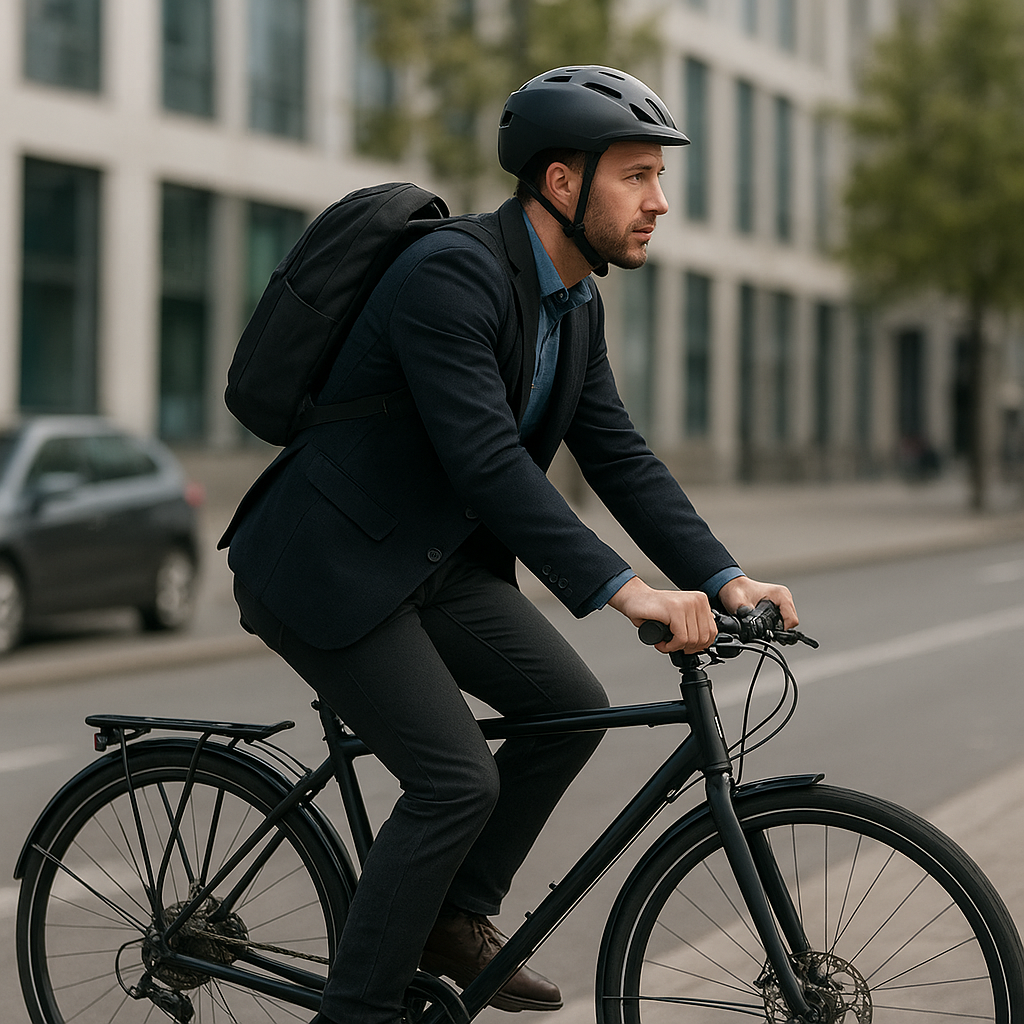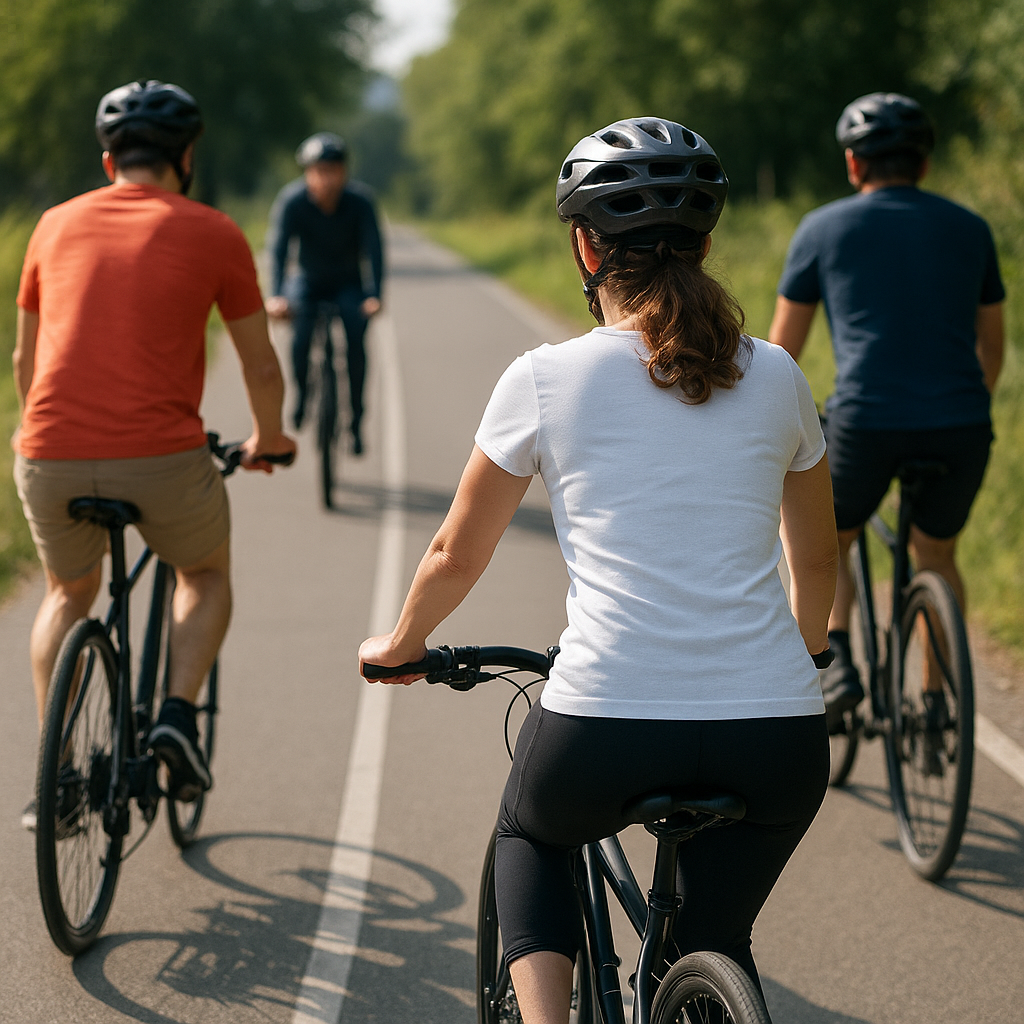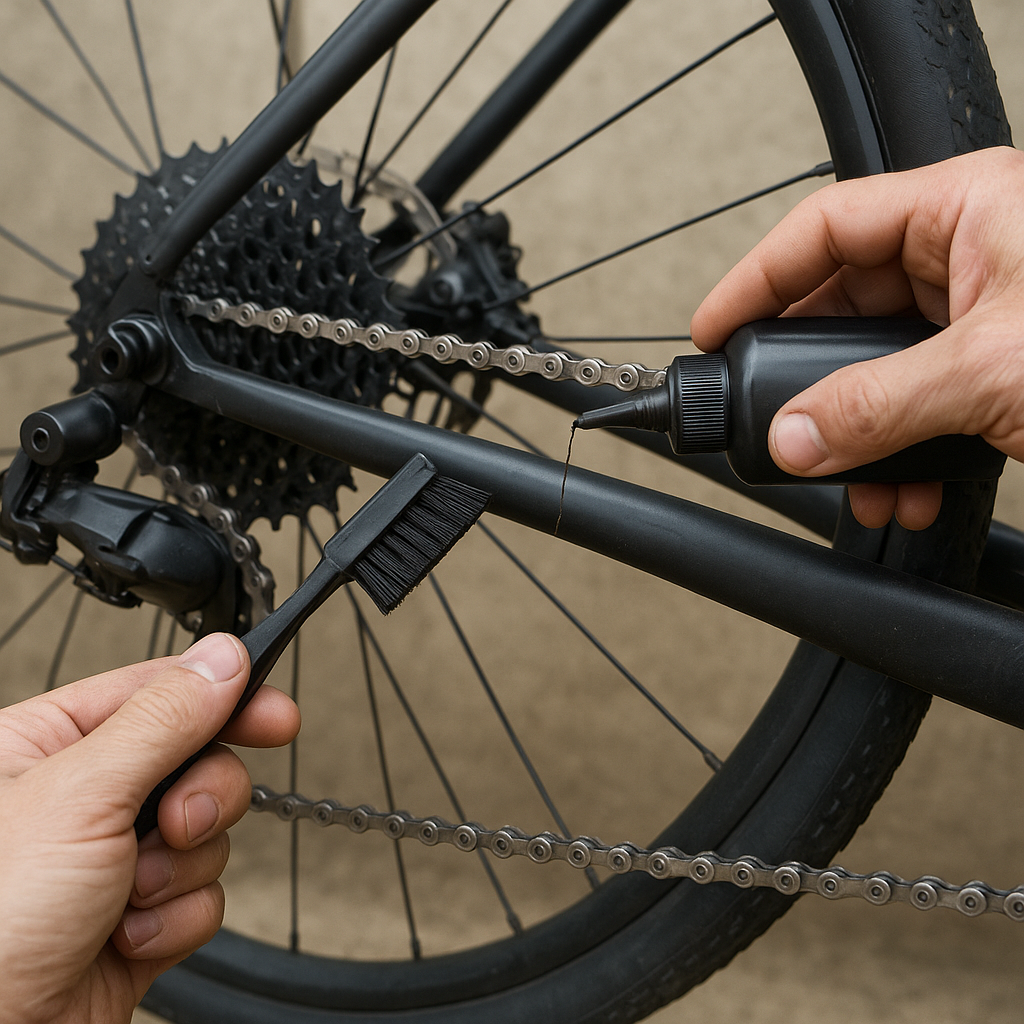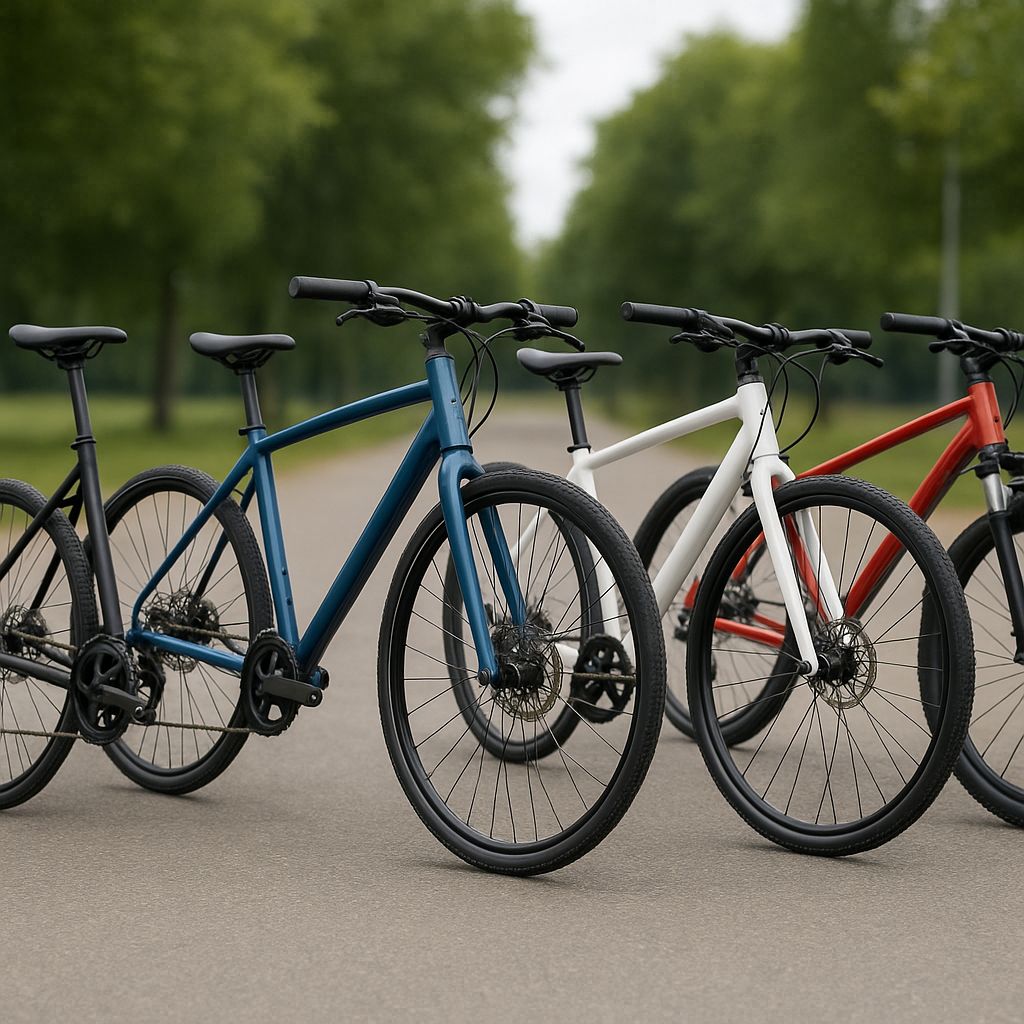Cycling to work offers a unique blend of exercise, environmental stewardship, and cost savings. Transitioning from four wheels to two not only invigorates your daily routine but also fosters a healthier lifestyle. Whether you’re a seasoned rider or new to pedals, mastering the art of an efficient commute demands thoughtful preparation, balanced gear, and an adaptable mindset. Explore these insights to transform your journey into a smooth, enjoyable experience.
Choosing the Right Bicycle and Gear
Selecting an ideal bicycle is foundational to a hassle-free commute. Consider the following elements:
- Frame material: Aluminum offers lightness and affordability, while steel ensures durability and a smoother ride.
- Bike type: Commuter, hybrid, or road bikes deliver different advantages. A step-through frame eases mounting; drop handlebars enhance speed.
- Tires: Opt for puncture-resistant, medium-width tires (28–32 mm) that blend comfort with low rolling resistance.
- Gearing: A wide gear range tackles varied terrain. Internal hub gears minimize maintenance but add weight.
- Brakes: Disc brakes outperform traditional rim brakes in wet conditions and require minimal hand force.
Beyond the bicycle, equipping yourself with the right accessories ensures both safety and efficiency:
- Helmet: A snug, well-ventilated helmet reduces injury risk.
- Lighting: Front and rear LED lights enhance visibility, especially during dawn or dusk.
- Lock: A sturdy U-lock or chain deters theft and provides peace of mind.
- Fenders and a chain guard keep clothing clean.
- A pannier rack or handlebar bag distributes weight evenly, preserving your posture.
Planning Your Route for Maximum Efficiency
Route selection profoundly impacts travel time and the overall commuting experience. Prioritize paths with lower traffic volume and smoother surfaces. Follow these strategies:
- Map analysis: Use cycling-specific apps that highlight bike lanes, trails, and traffic signals. Adjust your route to minimize stops and avoid steep climbs.
- Time trials: Test different times of departure to identify peak congestion periods. Early or late commutes can significantly reduce interactions with heavy vehicle traffic.
- Alternative options: Combine cycling with public transport. Many buses and trains accommodate folding bikes or regular bikes with rack attachments.
Smart Navigation Tools
- GPS-enabled cycle computers track distance, pace, and elevation, empowering you to refine your performance.
- Real-time traffic updates help you avoid unexpected delays.
- Online forums and local cycling groups often share insider tips on lesser-known shortcuts.
Optimizing Your Daily Routine
Routine adjustments can drastically enhance comfort and reliability:
- Preparation the night before: Lay out clothing, pack essentials, and check tire pressure to eliminate morning stress.
- Layering: Choose breathable, moisture-wicking fabrics that adapt to temperature changes throughout the ride.
- Hydration: Carry a water bottle or hydration pack. Dehydration can impair concentration and endurance.
- Nutrition: A balanced breakfast rich in complex carbohydrates fuels sustained energy.
For unpredictable weather, consider a compact rain poncho or cycling-specific waterproof jacket. Waterproof shoe covers and gloves maintain dexterity in wet conditions. Establish a quick post-ride change routine at work: keep a spare shirt, microfiber towel, and a small pouch of toiletries in your locker or bag.
Maintaining Your Bicycle for Peak Performance
Regular maintenance safeguards reliability and extends the lifespan of your ride. A basic weekly checklist includes:
- Inspecting tire pressure and inflating to manufacturer specifications.
- Lubricating the chain and cleaning drivetrain components.
- Checking brake pads for wear and ensuring proper cable tension.
- Verifying that all nuts, bolts, and quick-release levers are secure.
Seasonal Tune-Ups
- Replace worn tires before winter to prevent flats and improve traction.
- Overhaul hub bearings, bottom bracket, and headset annually, especially if you commute in rainy climates.
- Professional service every six months can head off major mechanical failures.
Building Physical and Mental Stamina
Consistent cycling strengthens cardiovascular health, boosts endurance, and sharpens mental alertness. Gradually increase your riding distance and intensity to avoid injuries. Incorporate the following practices:
- Cross-training: Engage in strength exercises focusing on core, hips, and legs to support a powerful pedal stroke.
- Stretching: Dynamic warm-ups before you mount and static stretches afterward reduce muscle soreness.
- Rest: Allow for recovery days to prevent overtraining and maintain motivation.
Mental fortitude grows with each successful commute. Use weather challenges as opportunities to strengthen your resilience. Celebrate milestones—like reaching a personal speed record or completing a week of car-free travel—to maintain enthusiasm.
Embracing Environmental and Financial Benefits
Cycling to work isn’t solely about personal gains. Each pedal stroke represents an eco-friendly investment that reduces emissions, decreases noise pollution, and alleviates urban congestion. Over time, expenses on gas, parking fees, and vehicle maintenance shrink, freeing up resources for other pursuits. By choosing two wheels over four, you join a global movement toward more sustainable, vibrant cities.
Take the Leap Today
Transitioning to an efficient bike commute requires thoughtful planning, reliable equipment, and a commitment to continuous improvement. As you refine your gear selection, route planning, and daily rituals, you’ll discover newfound enjoyment in the ride. Embrace the transformation and unlock the countless rewards of a two-wheeled commute.












